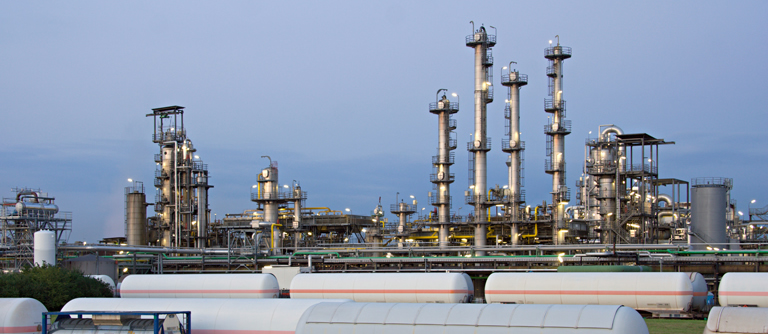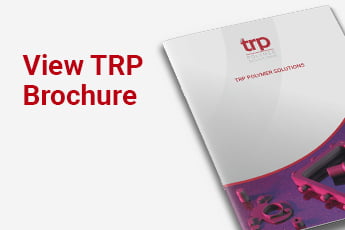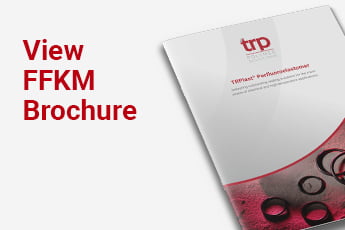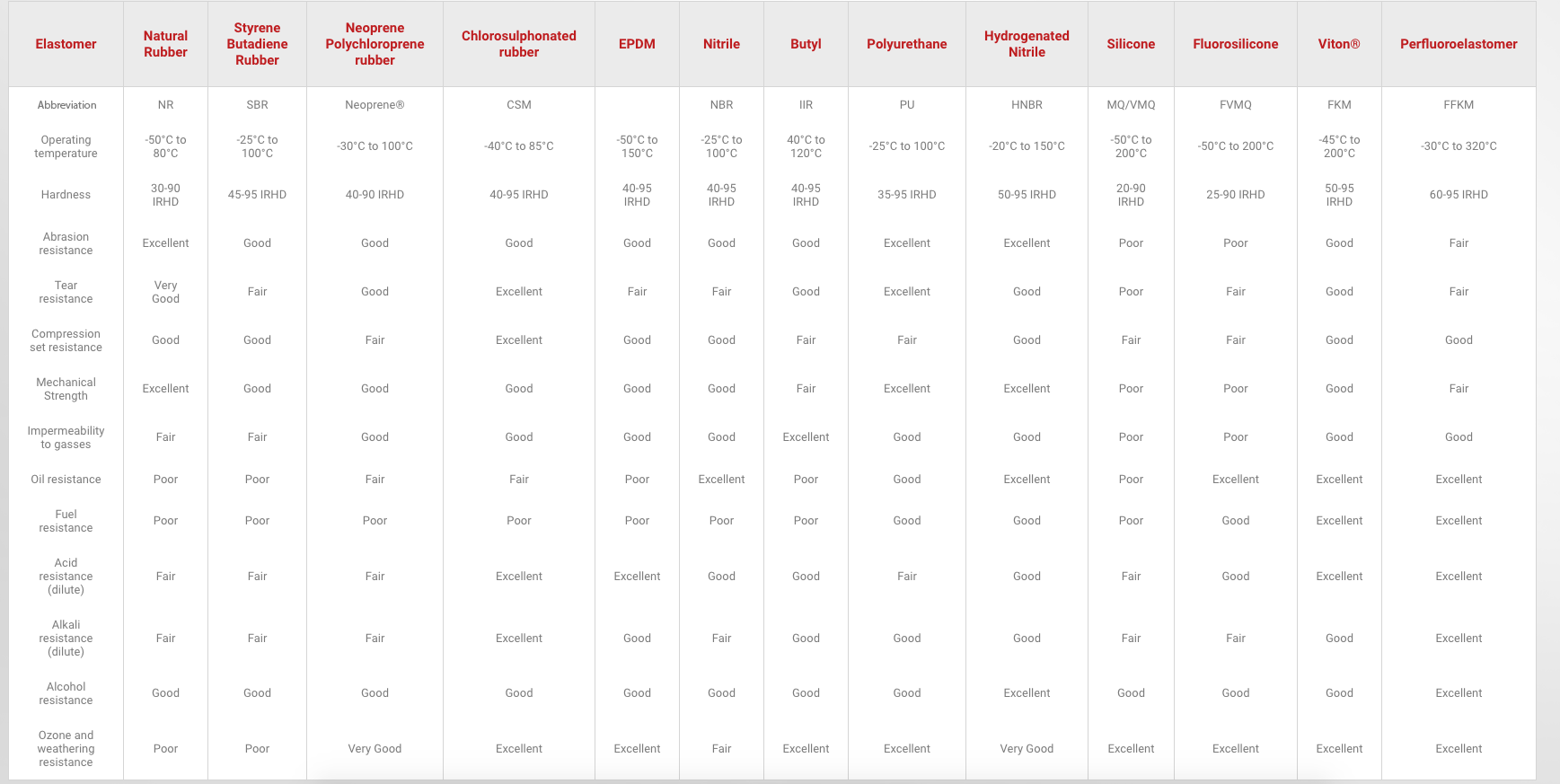What is EPDM rubber used for?
EPDM is a synthetic rubber much heralded for its resistance to weathering, UV and ozone. This low-cost, general-purpose elastomer is particularly noteworthy for its ability to operate in sub-zero temperatures as low as -50 degrees Celsius. Given these favourable traits, what is EPDM rubber used for? TRP Polymer Solutions provides three common examples of EPDM rubber applications.
The 1960s saw an expansion of unique synthetic rubber materials. One product to emerge during this time was Ethylene Propylene Diene Monomer or EPDM, which was borne out of the necessity for a rubber material that combined elasticity with UV and ozone resistance. EPDM fulfils all these criteria. This M-class elastomer is so classified because it is part of a family of rubbers that all feature a saturated chain of the polymethylene type.
EPDM rubber offers a reasonably wide operational temperature range of -50 °C to +150 °C but really comes into its own in sub-zero environments and with cold materials. As well as its aforementioned environmental characteristics, EPDM delivers excellent tear, abrasion and steam resistance. It is also resistant to compression set, dilute acids, ketones and alkalis. All of which makes it a dependable general-purpose material.
3 typical EPDM rubber applications
EPDM is employed far and wide as a lower-cost polymer thanks to its favourable characteristics and good processing abilities. Here are just three typical EPDM rubber applications.
1. Automotive applications
EPDM’s favourable sealing attributes and noise reduction properties have seen it employed across many applications in the automotive industry. Not only is EPDM waterproof and UV resistant, but it also bonds quickly with metal. As you can imagine, this gives automotive manufacturers a huge amount of scope for weather-proofing and vibration damping applications. Low-cost but durable, the uses of EPDM in the automotive sector range from window and door seals to hoses and gaskets.
2. Heating, Ventilation and Air Conditioning (HVAC) applications
EPDM rubber is commonly used in the Heating, Ventilation and Air Conditioning (HVAC) industry because of its low electrical conductivity and resistance to steam and water. EPDM’s relatively broad temperature range enables it to perform in HVAC applications for extended periods of time without danger of embrittlement or deterioration due to thermal conditions. Another EPDM rubber usage is in the vibration damping of HVAC fans and motors, which would otherwise be audible. Drain tubes and compressor grommets are two typical EPDM rubber applications.
3. Industrial seals and gaskets
EPDM’s resistance to environmental factors, like moisture, UV light and ozone make it an excellent material for seals and gaskets destined for outdoor applications. EPDM seals and gaskets maintains its elastic properties even when subjected to repeated warming and cooling. EPDM is also an excellent general-purpose material for seals and gaskets liable to come into contact with certain chemicals, including detergents, sodium hydroxide solutions, and many other diluted acids. However, EPDM seals are not recommended for applications involving mineral oil products.
Where to buy EPDM rubber seals?
TRP Polymer Solutions can supply high-performance EPDM seals that are designed to withstand the demands of your specific application. For advice and guidance, or to discuss your application requirements in more detail, call TRP Polymer Solutions today on +44(0)1432 268899 or email sales@trp.co.uk.






